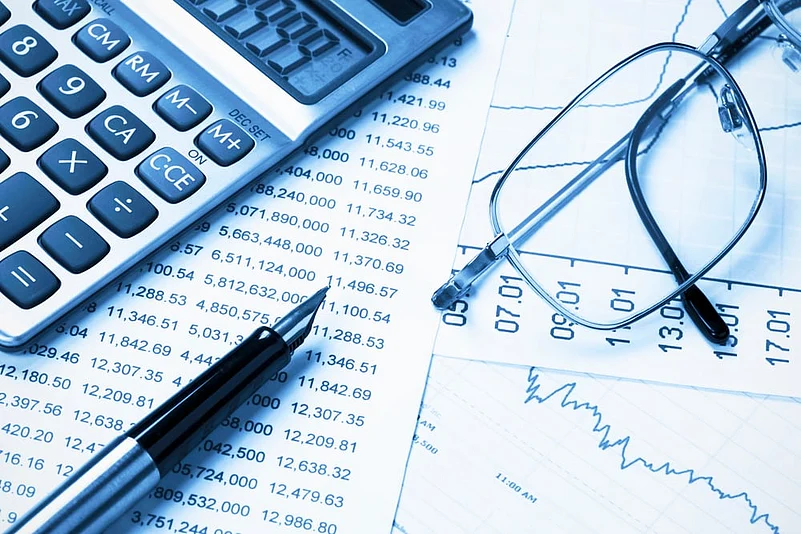The recently unveiled interim Budget 2024 has not brought any changes to the income tax slabs, the income tax slabs for FY 2023-24 are at the same level they were for the current financial year 2023-24 (April 1, 2023-March 31, 2024).
Meanwhile, the income tax department announced the notification of Income Tax Return (ITR) Forms 1-6 for the Assessment Year (AY) 2024-25 and the deadline for submitting ITR for income earned in the financial year 2023-24 is July 31, 2024.
Tax Slabs Under New Regime
Under the new tax regime, individuals earning up to Rs 3 lakh annually face a tax rate of 0 per cent, while those with incomes ranging from Rs 3 lakh to Rs 6 lakh are subject to a 5 per cent tax rate. For higher income brackets, individuals earning between Rs 6 lakh to Rs 9 lakh are taxed at 10 per cent.
However, note that with the standard deduction benefit and marginal relief measure announced by the government, an individual having taxable income of up to Rs. 7,27,778 will end up paying zero tax.
For those having income from Rs 9 lakh to Rs 12 lakh, the tax rate is at 15 per cent, Rs 12 lakh to Rs 15 lakh at 20 per cent, and incomes above Rs 15 lakh are taxed at 30 per cent.
Also Read: Tax Saving Options: Look For The Best Fit
Additionally, a cess of 4 per cent is levied on the income tax amount, and surcharges apply to incomes exceeding Rs 50 lakh. Surcharge on incomes above Rs 5 crore has been reduced to 25 per cent from 37 per cent, in the new tax regime.
The new tax regime stands as the default option and standard option generally for individuals earning less than Rs 15 lakhs. But to be more specific, it becomes particularly favourable when deductions you can avail are less than Rs 1.5 lakh, which is explained later in the article.
Tax Slabs Under Old Tax Regime
Individuals aged below 60 years, senior citizens, and super senior citizens have varying income tax slabs in the old tax regime. Under this regime, till 60 years of age, no tax is levied on incomes up to Rs 2,50,000, a 5 per cent tax rate to incomes ranging from Rs 2,50,001 to Rs 5 lakh.
For incomes between Rs 5,00,001 to Rs 10 lakh, the tax rate is 20 per cent. On incomes above Rs 10 lakh, the tax rate stands at 30 per cent. For citizens aged above 60, the exemption limit is Rs 3 lakh and for super senior citizens, it is Rs 5 lakh.
Similar to the new regime, a cess of 4 per cent is levied on the income tax amount and surcharges applicable to incomes exceeding Rs 50 lakh. Also, note that the old tax regime allows more deductions on home loan expenses, savings account interest exemptions, health insurance premium deductions, repayment of education loans and more.
So if such deductions, aggregate to more than Rs 1.5 lakh, the old tax regime can be considered.














